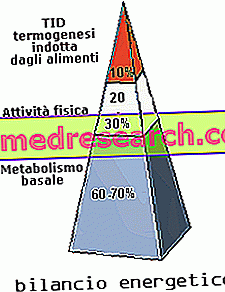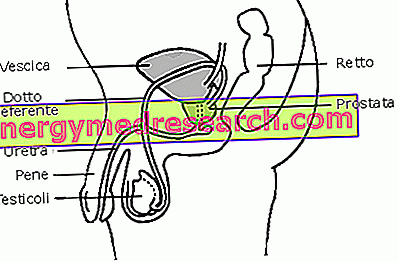Plasmin is the prominent enzyme of the fibrinolytic system, a biological process responsible for dissolving fibrin clots formed following vascular lesions. These intricate fibrin polymers are intended to create a sort of anti-haemorrhagic cap, which incorporates blood cells (platelets, white blood cells and red blood cells) and various plasma proteins. These include the inactive precursor of plasmin, called plasminogen, which has a high affinity for fibrin molecules. Thanks to this characteristic, plasminogen is concentrated above all in fibrin deposition sites (such as clots).
Plasminogen is converted to plasmin thanks to the intervention of specific natural activators, including urokinase (u-PA) and tissue plasminogen activator (t-PA). Despite the name, the latter is more active at the circulatory level (it is generally secreted very slowly to allow the lesion repair processes), while the urokinase is more active at the tissue level. Therefore, similar to what we saw for coagulation, in fibrinolysis we can distinguish an intrinsic and an extrinsic pathway, both consisting of a series of cascade reactions.

The fibrinolytic system limits the damage deriving from the excessive deposition of fibrin, and from the consequent obstruction of the vessels, due to abnormal clots (called thrombi).
With a proteolytic mechanism, the newly formed plasmin splits fibrin into soluble degradation products. The protease activity of plasmin is similar to that of pancreatic trypsin and is poorly specific (in addition to plasminogen it is also active on other substrates, such as constituents of plasma complement, coagulation factors V and VIII, fibrinogen and some naturally occurring hormones proteins, such as ACTH, glucagon and growth hormone). From the proteolysis of fibrinogen and fibrin, peptide fragments of varying sizes originate, called FDPs ( degradation products of fibrinogen and fibrin ).
As in the coagulation cascade, specific inhibitors also exist for the proteolytic cascade. In their absence, in fact, an exaggerated demolition of fibrinogen, fibrin and other proteins important for coagulation would be produced, with the danger of serious bleeding.
During the formation of the clot the synthesis of plasmin is generally inhibited by specific substances released by the activated platelets and by local cells. Only in the presence of fibrin or a stasis due to venous occlusion, the endothelium releases an excess amount of plasminogen activators, which bind to specific receptors resulting in fibrinolysis. While in the other bodily sites the plasmin receptors for the relative inhibitors (the antiplasmines) are free, at the level of the clot they are engaged by the bond with the fibrin; in this way the plasmin is protected from their action and is therefore free to fully carry out its activity.
Some drugs such as streptokinase enhance the fibrinolytic activity and as such are useful in the phenomena of hypercoagulability of the blood (thrombosis). On the other hand there are also anti-fibrinolytic drugs, particularly useful in patients with bleeding due to hyperfibrinolysis.



